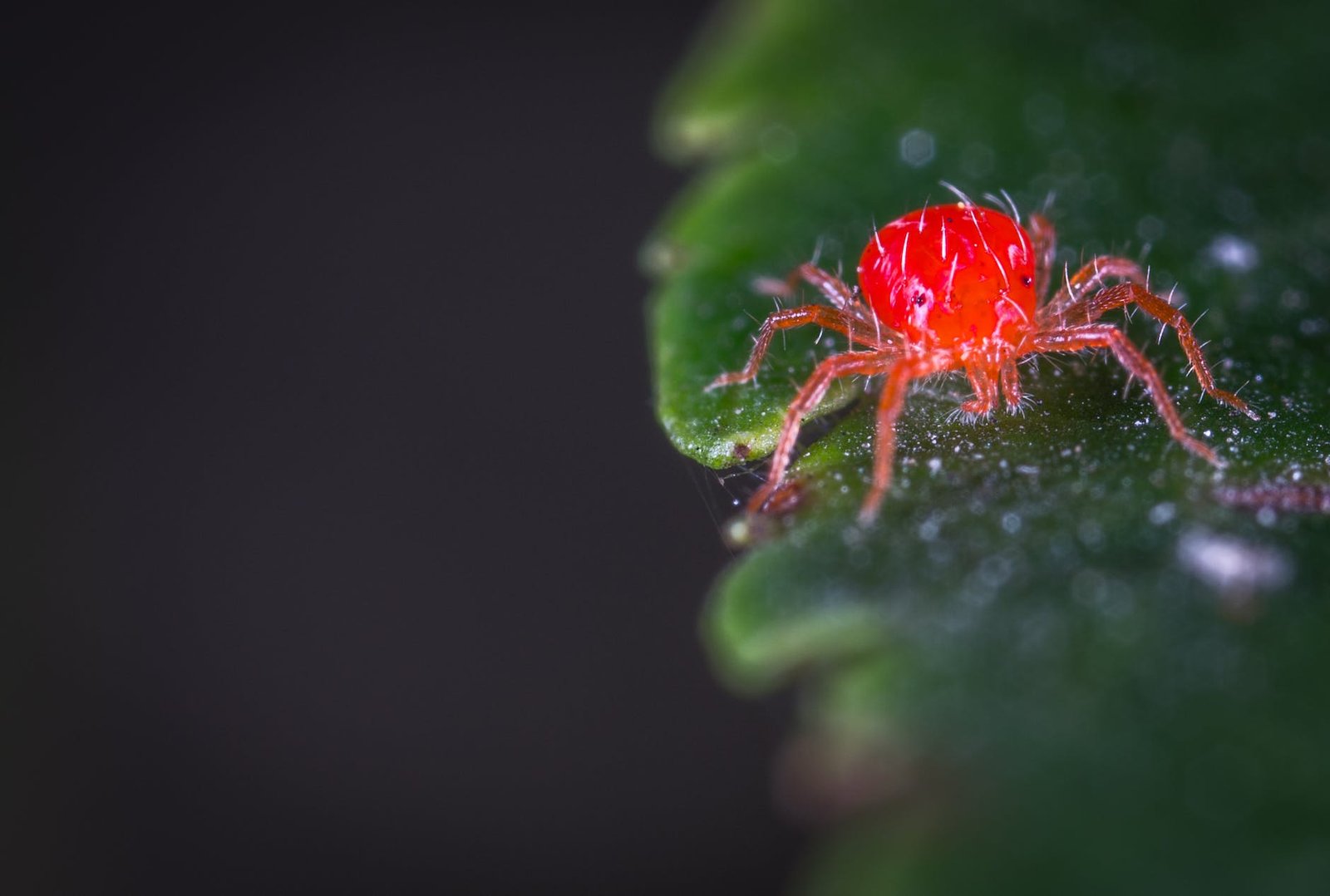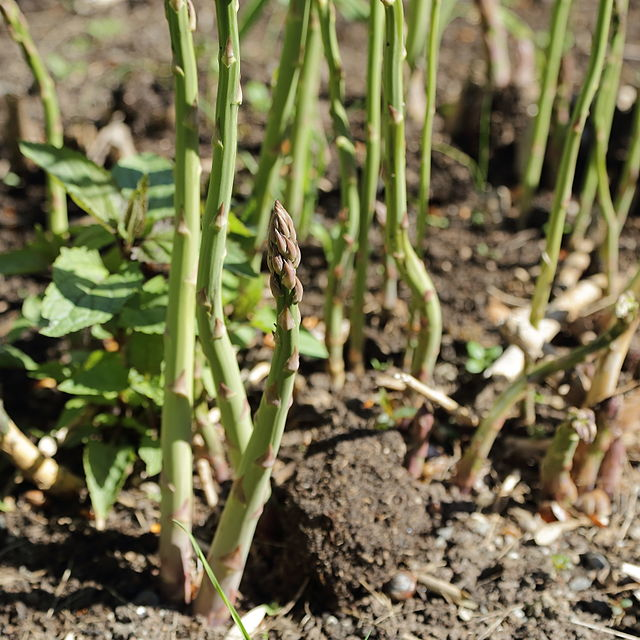Spider Mites: A Gardeners’ Guide to Identification, Prevention, and Control
Spider mites, tiny arachnids found in garden and indoor plants, are among the most pervasive and challenging pests to manage. These minute pests, often too small to see with the naked eye, can cause significant damage by sucking sap from the undersides of leaves, leading to yellowing, browning, and eventually the death of the plant. Understanding spider mites and employing effective strategies to control them can help gardeners and plant enthusiasts protect their beloved plants.
Identifying Spider Mites
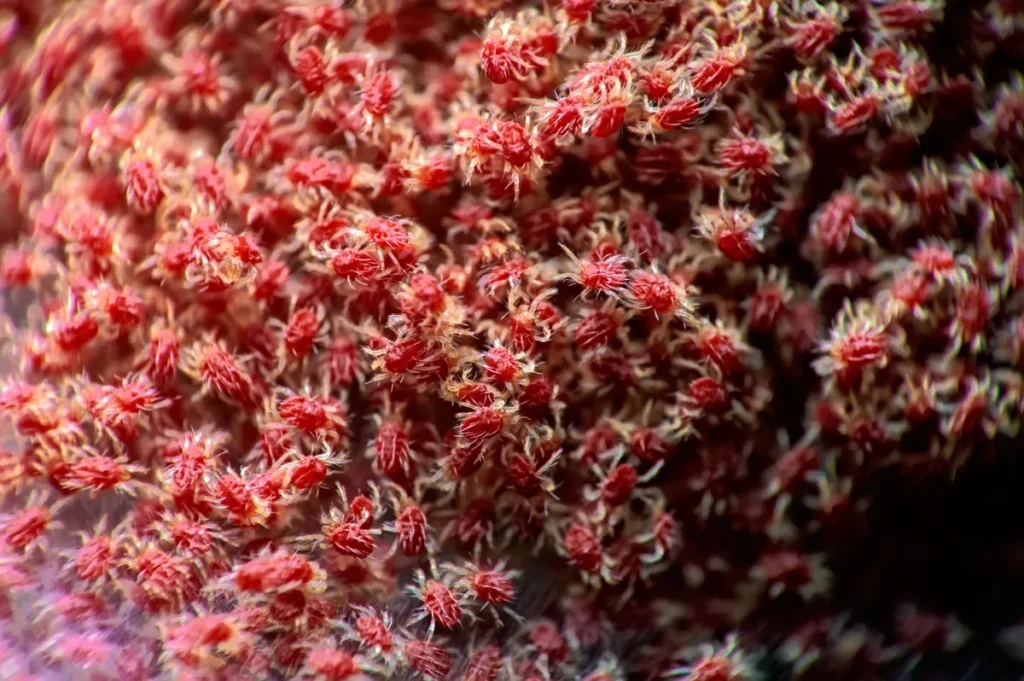
Appearance: Spider mites are less than 1mm in size and can be red, yellow, green, or brown. They’re most commonly identified by the silky webs they weave on the undersides of leaves and between plant stems.
Signs of Infestation: Look for tiny white or yellow speckles on leaves, which indicate feeding. Heavily infested plants may have webbing on leaves and stems, leaves may turn yellow or red and fall off.
Life Cycle
Understanding the rapid life cycle of spider mites is crucial for effective control. In warm conditions, spider mites can develop from egg to adult in as little as 5 to 20 days, with females laying hundreds of eggs during their lifetime. This rapid reproduction rate can lead to quick infestations if not promptly addressed.
Prevention and Control
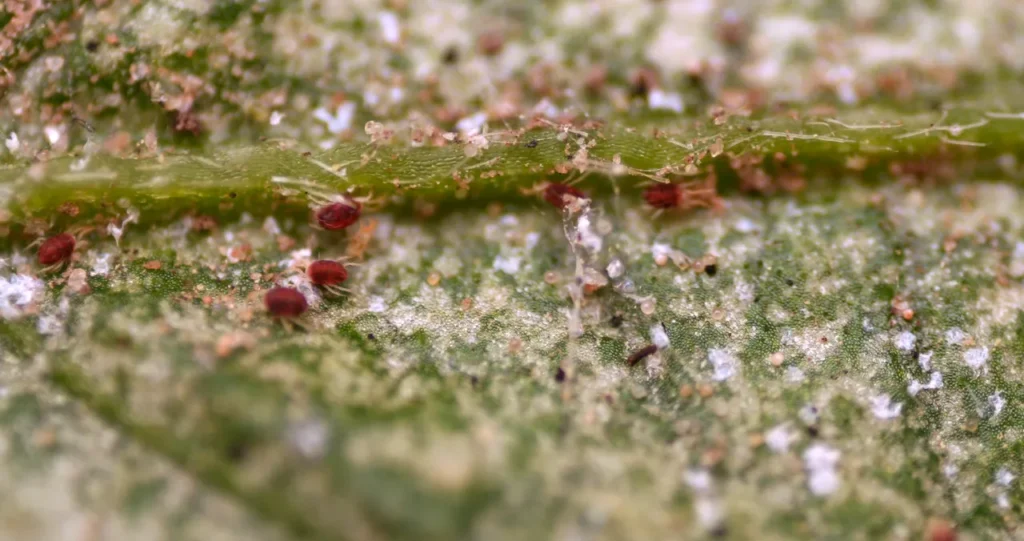
Cultural Controls:
- Quarantine new plants for at least two weeks to prevent introducing mites to your garden or home.
- Increase humidity around plants, as spider mites thrive in dry conditions. For indoor plants, consider using a humidifier or regular misting.
- Regularly inspect plants for signs of infestation, focusing on the undersides of leaves.
Mechanical Controls:
- Wipe or wash off mites from infested indoor plants using a damp cloth or a gentle shower with lukewarm water.
- Prune heavily infested areas to contain the spread and dispose of them securely in sealed bags.
Biological Controls:
- Introduce natural predators like ladybugs, lacewings, and predatory mites, which feed on spider mites. These beneficial insects can provide effective control in gardens without harming plants.
Chemical Controls:
- Use miticides or insecticidal soaps designed specifically for spider mites. Many traditional insecticides are ineffective against spider mites and can even exacerbate the problem by killing off beneficial insects that prey on them.
- Neem oil, a natural pesticide, can also be effective in controlling spider mites. It’s safest to apply these treatments in the evening to avoid harming beneficial pollinators and to minimize leaf burn.
Additional Tips for Management
- Avoid over-fertilizing: Excessive nitrogen boosts the protein content in leaves, making them more attractive to spider mites.
- Water plants adequately: Stressed plants are more susceptible to infestations. Maintain a consistent watering schedule to keep plants healthy.
FAQ on Spider Mites
Can spider mites infest any type of plant?
Yes, spider mites can infest a wide range of plants, including both indoor houseplants and outdoor garden plants. They are particularly fond of tomatoes, peppers, strawberries, and many ornamental flowers and shrubs.
How can I tell if my plant has spider mites?
Look for fine webbing on the undersides of leaves or at the joints of stems and leaves, yellow or white speckling on leaves from feeding, and overall leaf wilting or browning. A magnifying glass can help spot the tiny mites.
Are spider mites visible to the naked eye?
Spider mites are very small and might not be immediately visible without magnification. However, their webbing and the damage they cause are visible indicators of their presence.
Do spider mites only attack plants in dry conditions?
While spider mites thrive in dry, hot environments, they can infest plants under various conditions. High humidity can help deter them, but it’s not a foolproof prevention method.
What natural predators can help control spider mites?
Natural predators include ladybugs, predatory mites (such as Phytoseiulus persimilis), and lacewings, which can help reduce spider mite populations.
Can I use regular insecticide to kill spider mites?
Many standard insecticides are not effective against spider mites and can even worsen the problem by killing off natural predators. Specific miticides or organic options like neem oil and insecticidal soaps are more effective.
Additional Resources for Managing Spider Mites
- “The Gardener’s Guide to Common-Sense Pest Control” by William Olkowski, Sheila Daar, and Helga Olkowski. This book offers environmentally sensitive and scientifically based pest management strategies, including those for spider mites.
- University of California Statewide Integrated Pest Management Program: This online resource provides detailed information on spider mites, including identification, life cycle, and management practices.
- Cornell University – College of Agriculture and Life Sciences: Cornell’s extension service offers a wealth of information on pest management, including research-based advice on controlling spider mites in various settings.
These resources can offer in-depth knowledge and practical tips to help you effectively manage spider mite infestations, protecting your plants from damage and ensuring their health and vigour.
Final Thoughts
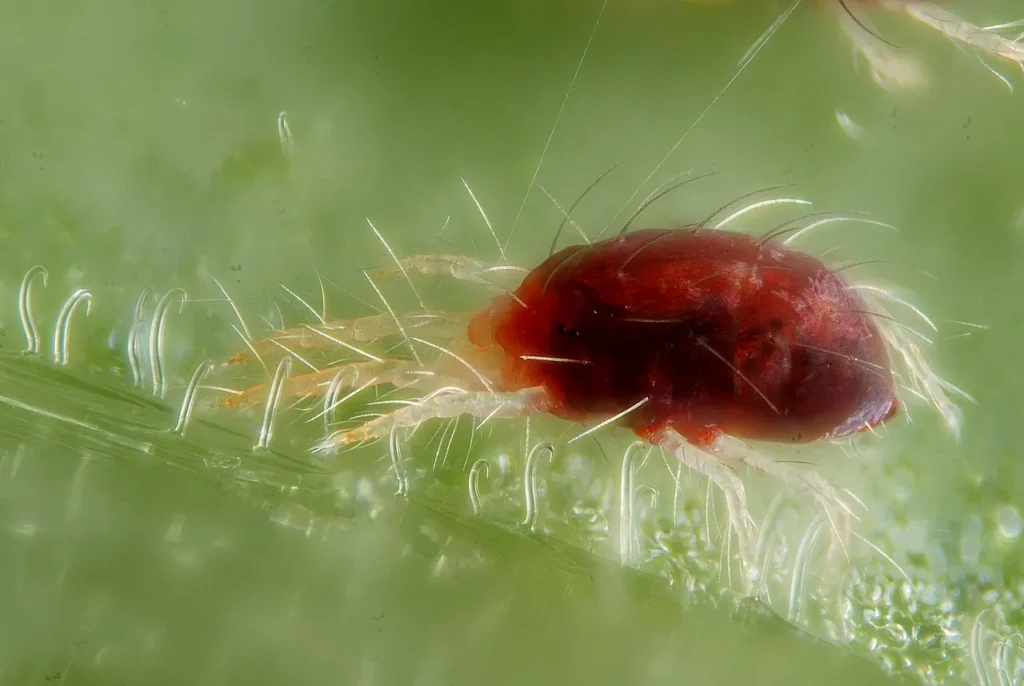
Spider mites can be a formidable foe, but with vigilant prevention, regular inspection, and the strategic use of cultural, mechanical, biological, and chemical controls, gardeners can protect their plants from these tiny pests. Remember, the key to effective spider mite management is early detection and immediate action.

